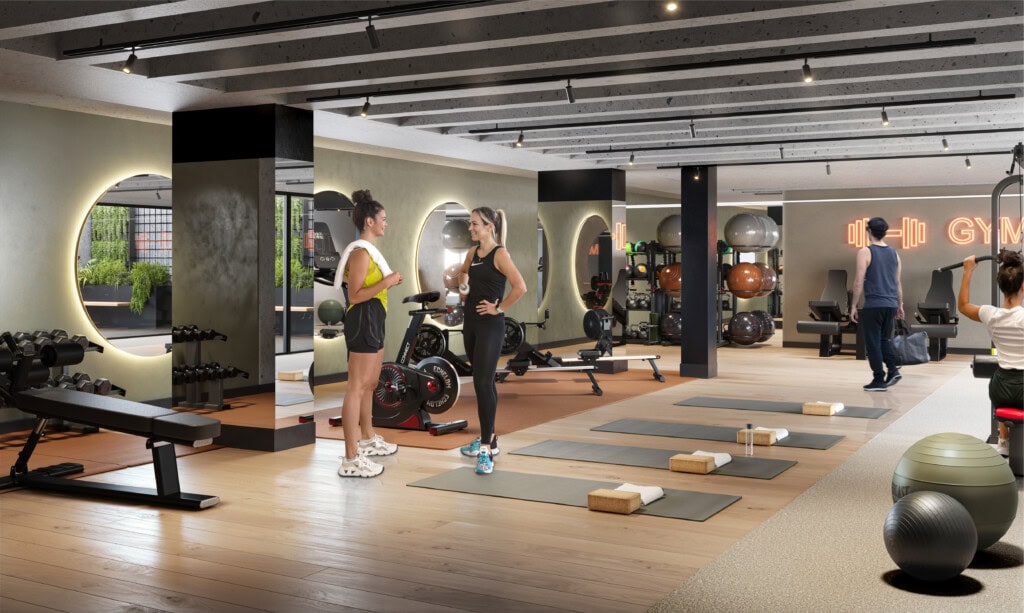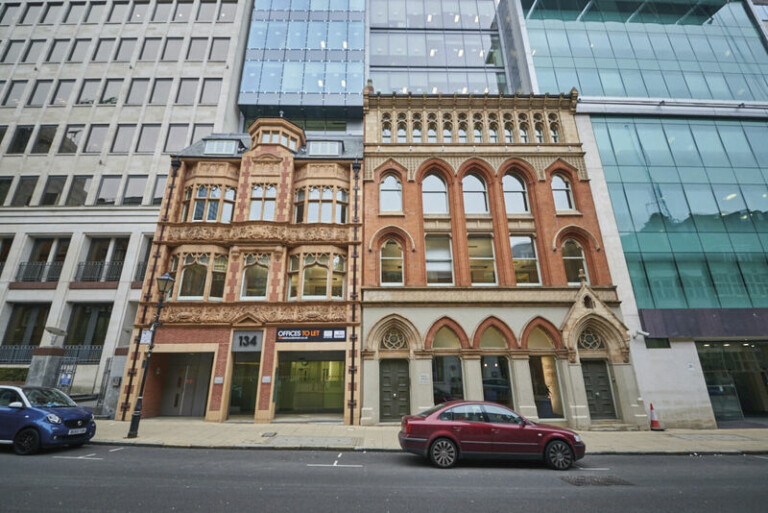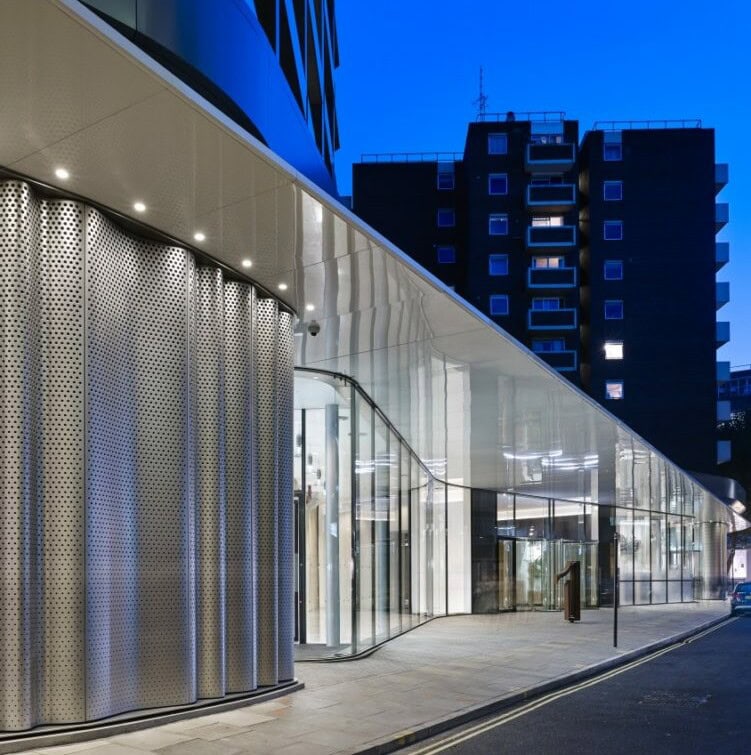Pall Mall

Key sustainability objectives and outcomes
Operational energy performance
The key sustainability target for Pall Mall was that it is net zero in operation with low energy consumption. The aim was for all electricity supplied to the building to be derived from renewable sources, and intelligent building management technology will also be incorporated throughout to ensure energy use is optimised.
A switch from gas heating to hybrid variable refrigerant flow (HVRF), with an air source heat pump (ASHP) serving domestic hot water and air handling unit (AHU) coils will dramatically reduce the overall carbon emissions and set the building on a trajectory for zero carbon as the grid emissions reduce. Note that achieving the ‘Paris Proof Targets’ as set out in UKGBC guidance was not possible due to the existing nature of the building and the listed status, as certain elements of the fabric were required to remain, however, a 74% EUI reduction is predicted. A focus on air tightness and façade replacement, within the constraints of the listed building status provided a significant energy consumption improvement.
Resource use and circular economy
The fit-out uses circular economy approaches by utilising recycled and reclaimed furniture and materials for timber partitions and reclaimed raised access floors. Through retaining the existing structure, Bruntwood has avoided the need to rebuild which is estimated to have resulted in approximately 7,900 tonnes of additional carbon emitted – equivalent to around 16,000 flights from London to New York.
Climate change adaptation
The new façade and glazing system has been designed to limit the solar gain to the building and thus limit the energy required to cool it. At the same time, it will allow the building to respond to increasing external temperatures over time.
Health, well-being and social value
The site contained an existing external area of public realm that was under-utilised and a target for anti-social behaviour, therefore the space was redesigned to create a vibrant amenity area and linked to the retail space within the building.
Lessons learnt
- Significant reductions in operational carbon can be achieved for Grade II listed buildings despite planning constraints
- Retrofitting results in much lower embodied carbon compared to new build in this scenario
- Having data on operational carbon and a clear net zero strategy can assist in gaining planning approval



Related members
Related
Tempo

5 New Street Square

134-138 Edmund Street

1 & 2 Stephen Street

